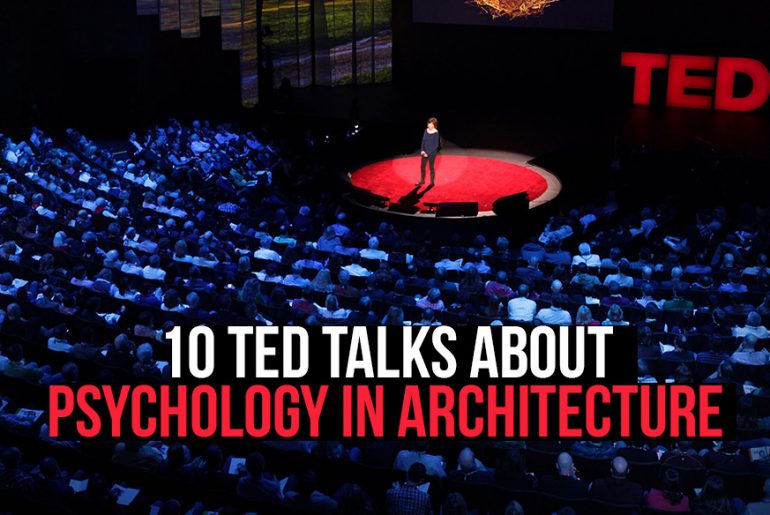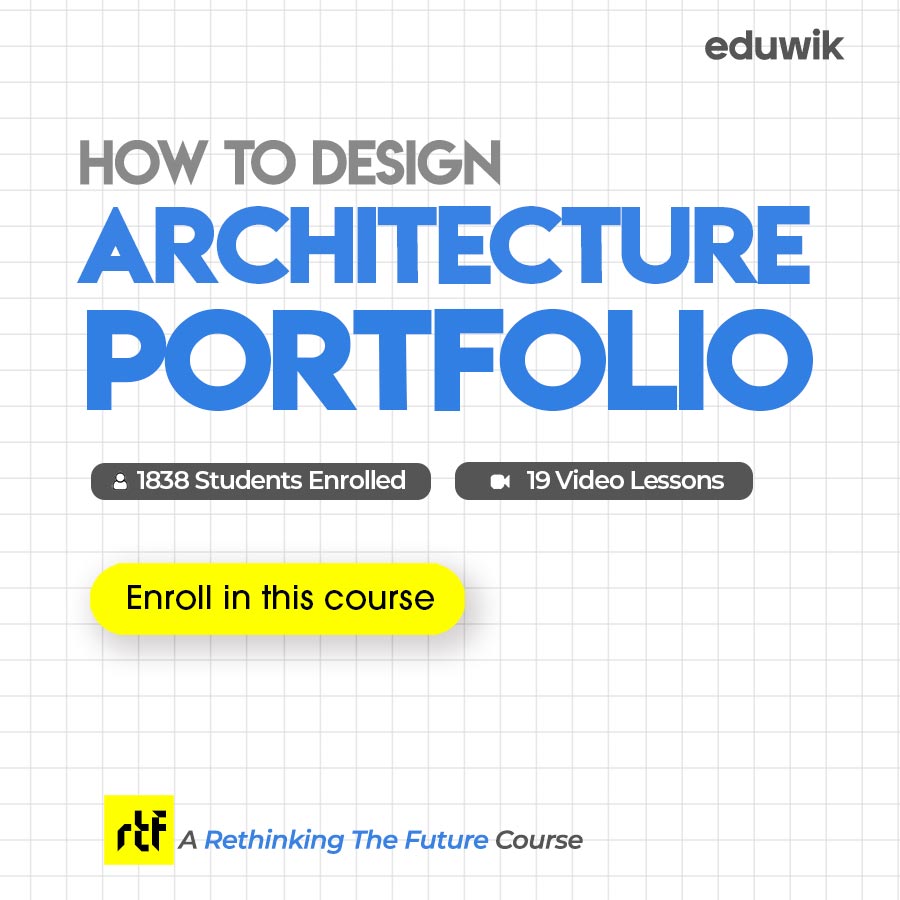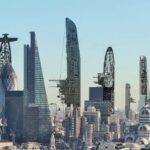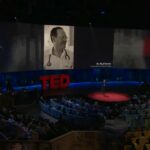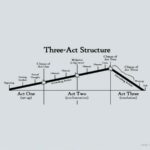In 1984 a fresh way to share ideas emerged, through videos with a maximum length of 18 minutes. These videos commonly called TED talks have a clear mission; to spread ideas that can potentially generate significant changes in our attitudes, lives, and the world. One of the great virtues of TED Talks is the multidisciplinary approach that exists in each conference and how each of them can be related to disciplines that in theory would not have an apparent co-relationship, but that when connected create inspiration that give rise to new possibilities for the future. The following is a list of conferences that show the great relevance and relationship that psychology has to enhance the way we do architecture.
1. Architecture and the Science of the Senses | Psychology in Architecture
Stefan Behling is the head of Studio 4 and Senior Executive Partner at Foster + Partners. Behling seeks to deepen his conference on the responsibility that exists in creating quality spaces, given the implicit longevity in architectural work, emphasizing the distinction of what is a good environment for human beings and the stimuli that the space has in our brains. A key element of this TED Talk is the distinction that is addressed between artificial environments and the effect they have on our senses, through the air we breathe and the visual quality of the spaces we inhabit daily, making a great example through the analogy made between the quality of the environment of a submarine and a corporate building.
During the conference, the term coined by Alexander Gottlieb (1750) from Aesthetica, is also addressed as the science of sensory cognition, where the effects of the stimuli that we perceive from our senses and that have an effect on our behavior are of great relief to understand the relationship between what surrounds us and the implications that exist in our daily lives.
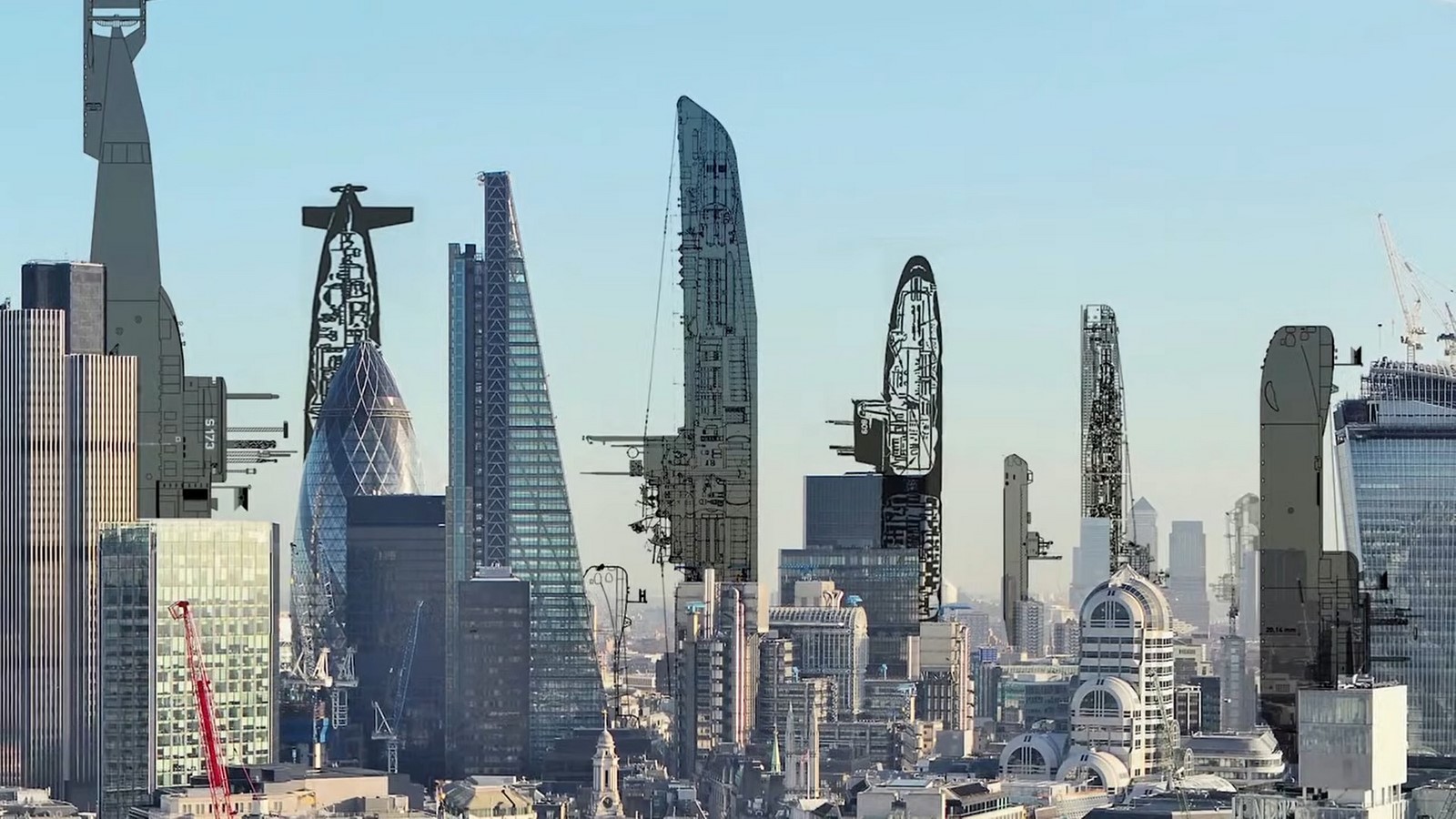
2. Architecture that Challenges your Concept of Reality
Mark Foster Gage is an architect and Assistant Dean of the Yale School of Architecture who eloquently shows us that there is a remarkable difference between who we are, the world of appearances, and our assumption of the reality that is shown behind those appearances; where there is the possibility of multiple parallel visions of reality.
Through the argument that there are different ways of reading the world, the premise of different approaches to reading a building also arises, which gives great value to the psyche of each person and their ability to obtain different interpretations of the same object to later communicate it with others.
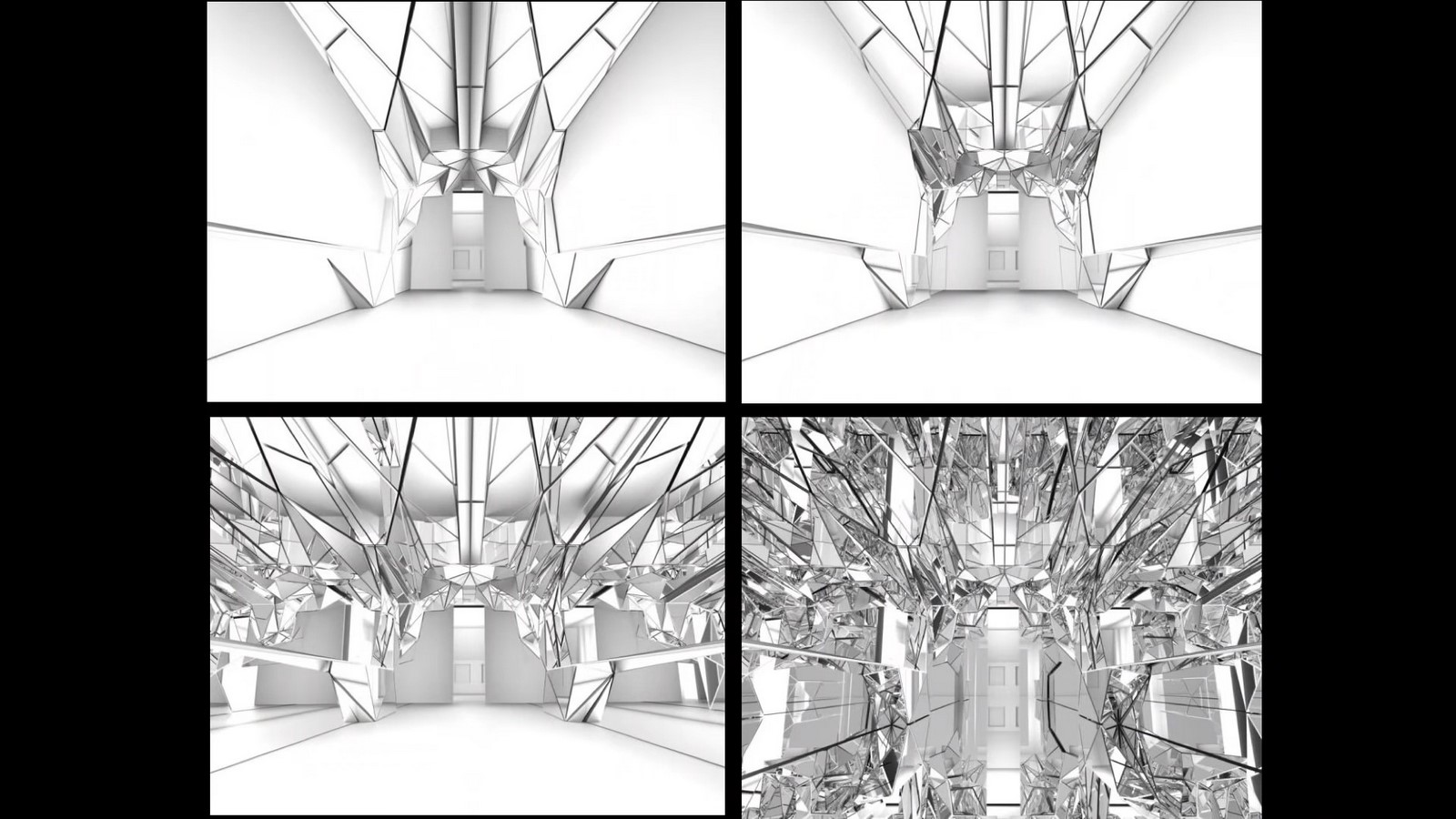
3. Places and Spaces and the Behavior They Create | Psychology in Architecture
Damaris Hollingsworth proposes a very simple argument, but at the same time so complex given its simplicity “Design to impact people positively”. Damaris tells from her own experience how the premise applied to one of the buildings in which she was, was a trigger to overcome an experience, where, what she prioritized was not to interact with other human beings.
Given the value in the interaction between individuals for the development of our lives, this conference shows us from a multicultural and global perspective what architecture can create community, interaction, and a sense of belonging. When we find a sense of belonging, we also find a sense of home that gives rise to benefits that close social gaps and unleash economic and environmental benefits at the same time.
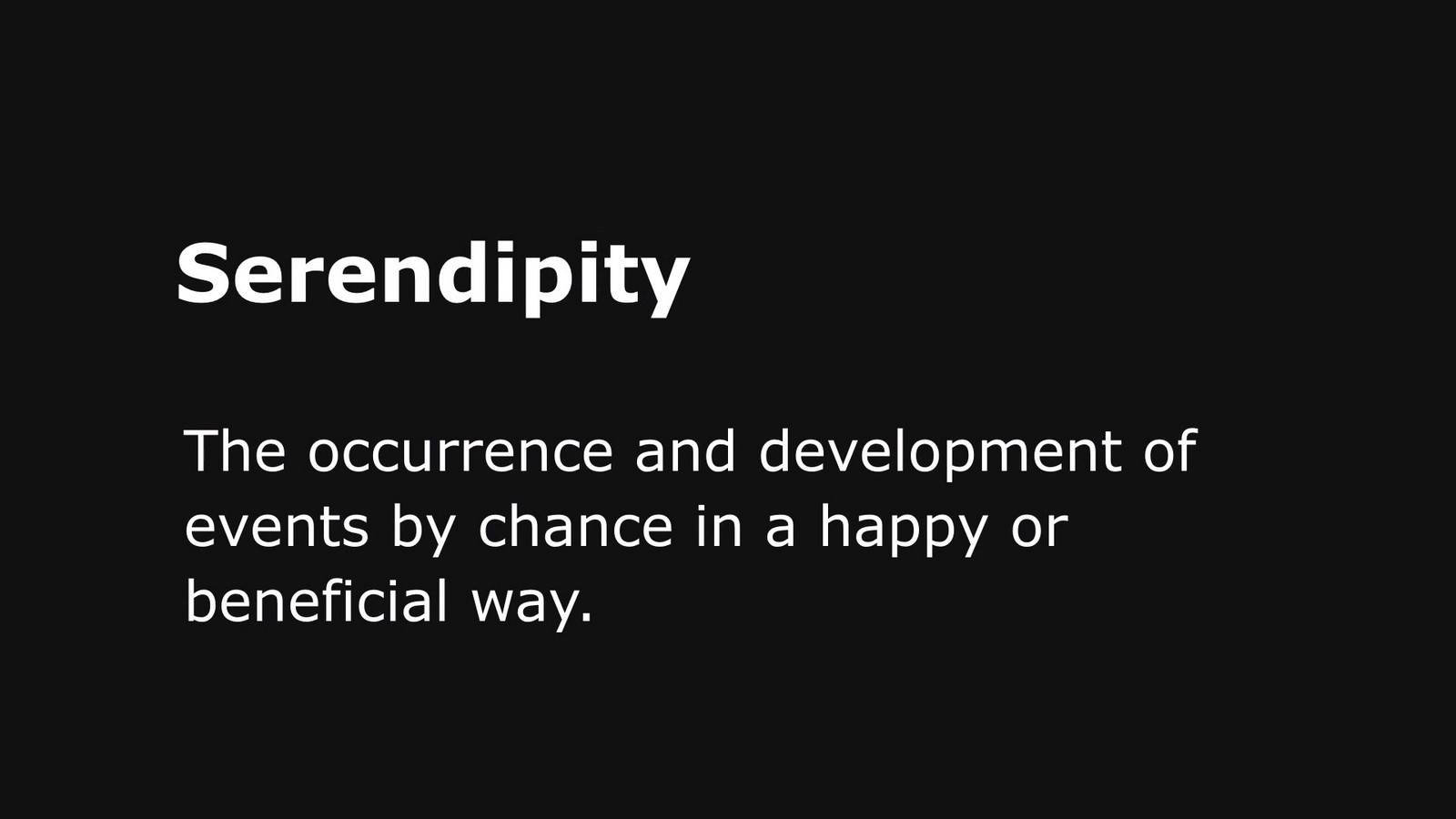
4. Interior Design is About more than Wallpaper and Bean Bags
Considering interior design as a specialty with a symbiotic relationship with architecture, it is unthinkable to separate interior design from it. Phoebe Oldrey shows us that more than an activity full of frivolity, designing people’s homes is a very great responsibility, which implies understanding the primary connections of the user, close to what Maslow raises in his pyramid of the hierarchy of human needs.
Empathizing and seeing first for the people before the space itself, and then being able to design based on their physical and emotional needs is the premise that Oldrey shares in her conference. “Bad design is like the pebble in your shoe, you notice it all the time”, is a phrase that creates a complete perspective since its repercussions can be seen from the contrast that can exist between a trend color such as gray, to the feeling of melancholy that it can produce in a human being, if we prioritize trends and the wow factor over the valuable opportunity to design with a holistic approach oriented towards well-being.

5. Healing Spaces – The Science of Place and Well-Being | Psychology in Architecture
Can a place make you happy? In reality, a space can take you from anxiety and fear to feel like hope and happiness. Esther Sternberg shows us that our conception of paradise is associated with views where nature plays a predominant role.
If we consider that the stimuli from space to our brain are related to the interactions we have with other human beings, the fact that spaces can trigger the production of endorphins and consequently with a feeling of happiness or otherwise also incite you to negative feelings, or even violence. If the environment affects our mental and physical health, the future of architecture must respond to a result focused on people’s health and well-being, where health professionals and designers can work together with the same objective.
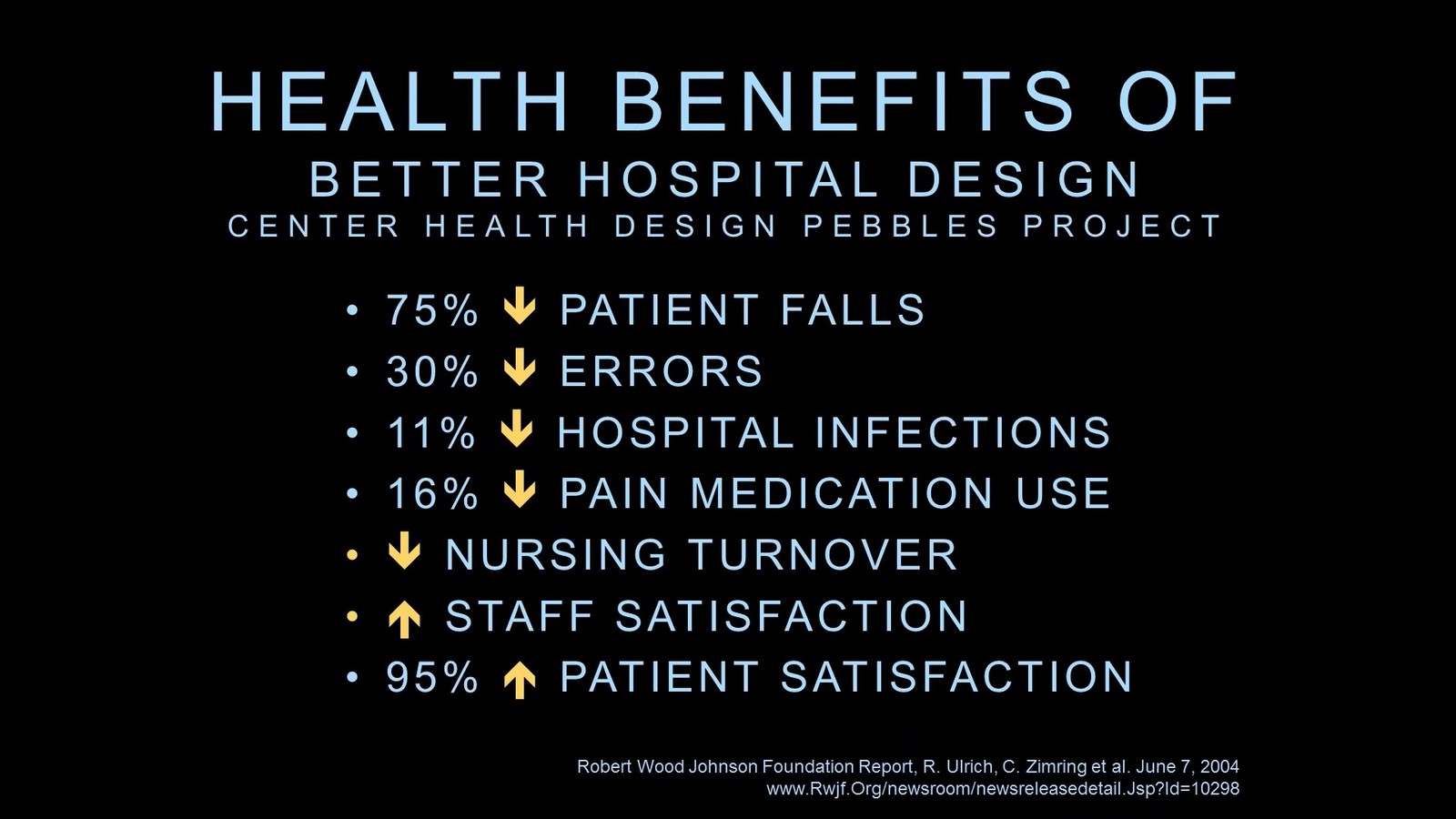
6. Architecture: An Ultra-sensory Narrative
Architecture can be quite powerful if we think that some buildings could pose a latent risk to our own lives. Bijoy Ramachandran’s lecture talks about what defines architecture and gives us a new perspective that could free us from archaic design methods, whose main scope is based on sight and which continues to this day.
If we consider sight as the only filter to perceive architecture with our body and mind, we are leaving aside the rest of the possible stimuli that can enhance our experience, and that release our imagination almost to a state-of-the-art, that can have similar effects when enjoying a piece of music or being with a loved one.

7. Cubicles don’t Work. How Architectural Design Affects your Brain
Scott Wyatt tells us through a personal experience while designing a police station, where he glimpsed the effects of exposure at a set time inside a pink room to motivate people to suppress feelings of violence. This bilateral relationship between neuroscience and architecture concepts is the central theme of this conference.
The concept of biophilia takes relevance within this TED Talk, where it is shown that the cognitive processes of the human being can be potentiated through the presence of vegetation, appealing to our intrinsic nature as living beings and social beings, where natural environments and social interaction with our peers has been a key element of our life since the beginning of humanity.

8. Architecture that’s Built to Heal | Psychology in Architecture
Can architecture save lives? During this conference, Michael Murphy tells us how through a reading by Dr. Paul Farmer, he understood that architecture goes beyond sculptural forms, and that it must be focused on understanding that it is a great tool to determine and encourage physical and mental health of those who inhabit it.
The process of healing through design also transcends the existence of the building and is also incorporated into the process of its construction wherein the example that shows in his conference the community work that involved different social contexts in a wounded cultural fabric but that helped to integrate a group of people who had nothing in common, but who did share a goal.

9. Bringing Back Emotion and Intimacy in Architecture
At some point, architecture reached its pinnacle through spiritual satisfaction and became an emotional platform to express and understand human needs. But where did those emotions and intimacy go? Considering that the practice of design has become a technological science focused on optimization, low costs, and efficiency, it seems that today we forget that architecture contains human beings within it.
“Architecture used to engage the social complexities of society” is a phrase that stands out in this conference, as it shows that the path of architecture has become more towards mass production (with alarming similarities to those of a cell), than in a conscious production of what is needed to connect with the emotions of the users. Adrian Bica, in his conference, challenges us to jointly decide on the direction that the creation of cities and architecture will take on to have a positive impact on our way of socializing and living.
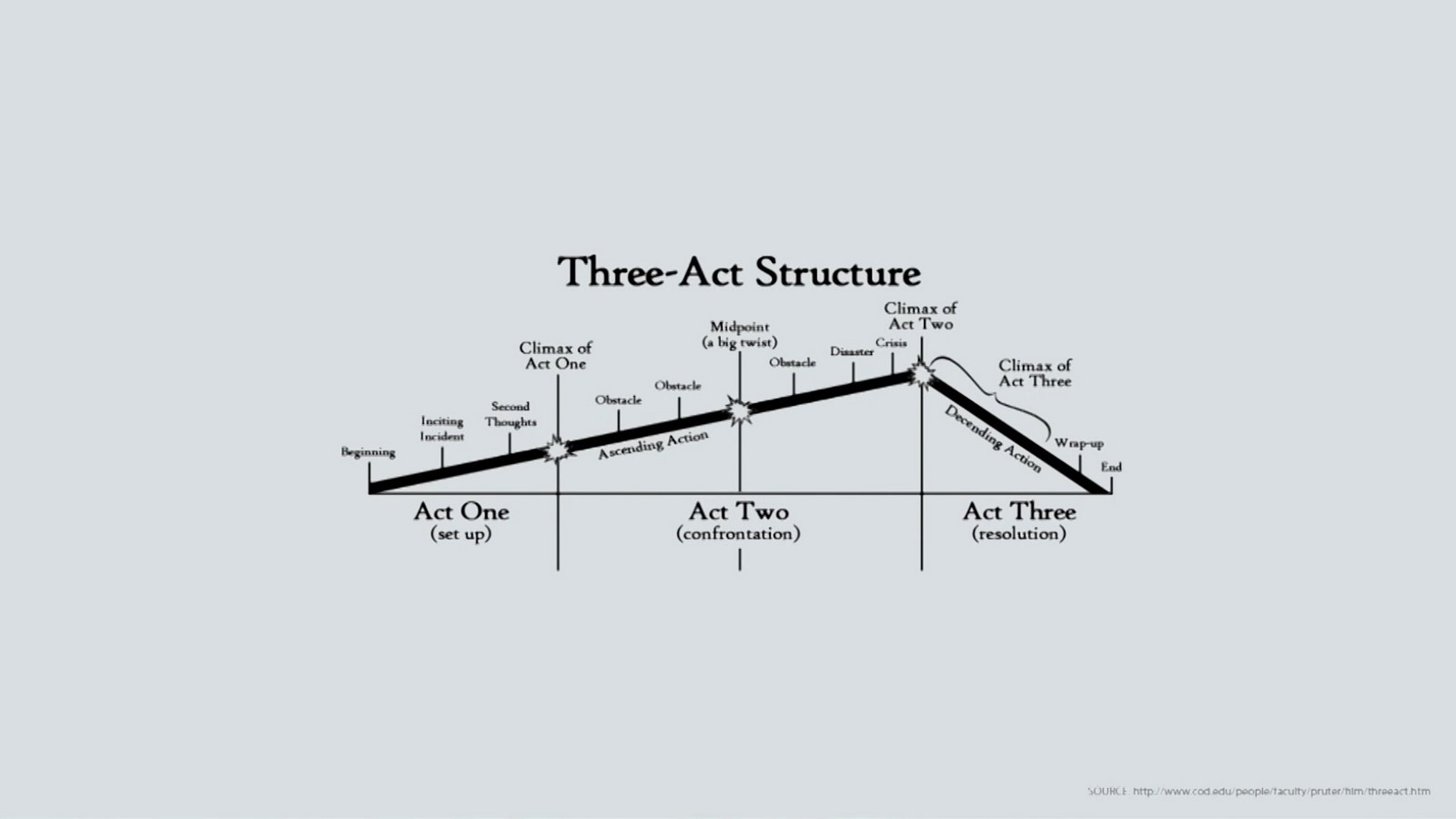
10. Architecture is a Language | Psychology in Architecture
Expanding the scope of architecture beyond buildings and cities to understand it as a language medium is an approach that Daniel Libeskind addresses. In this conference, he talks about the way we express abstract ideas through sketches and plans that are ultimately translated into physical elements with complex ideas and proposals with their message.
For Libeskind, each problem must be approached in specific ways to reach conclusions to bring solutions that take advantage of the opportunities that each building presents without imposing positions on those who inhabit it; be it a government building, a high-density housing development, or an entire city, each is a unique piece of art that requires its language.
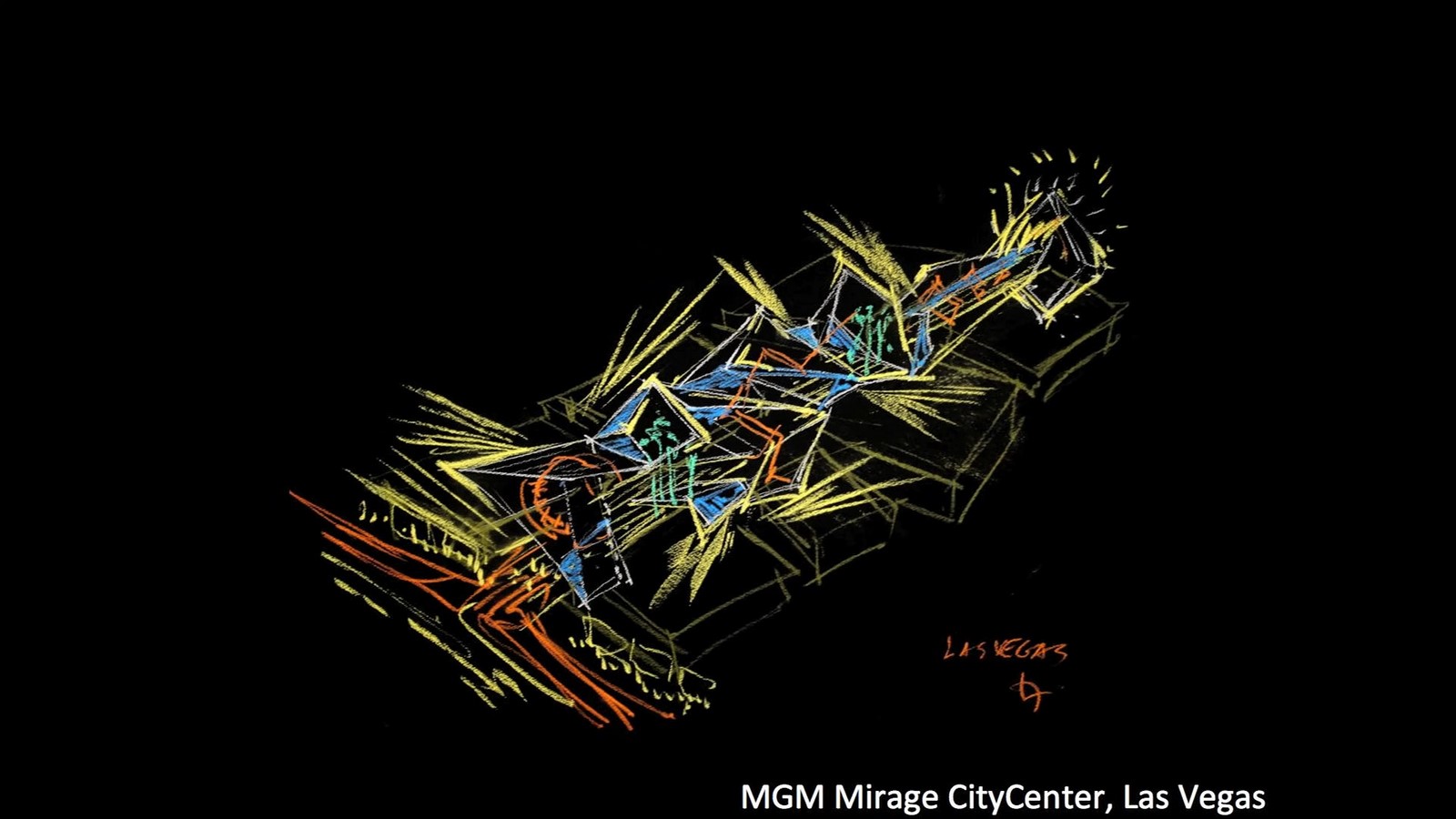
References | Psychology in Architecture
TEDx Talks (2016) Architecture and the Science of the Senses | Stefan Behling | TEDxGoodenoughCollege [YouTube video] Available at: https://www.youtube.com/watch?v=FbfPWalO_ss&t=847s
TEDx Talks (2017) Architecture that Challenges your Concept of Reality | Mark Foster Gage | TEDxMidAtlantic [YouTube video] Available at: https://www.youtube.com/watch?v=7v5hmQt57lc
TEDx Talks (2018) Places and Spaces and the Behavior They Create | Damaris Hollingsworth | TEDxMinneapolis [YouTube video] Available at: https://www.youtube.com/watch?v=aNSNyJBK0VY&t=402s
TEDx Talks (2017) Interior design is about more than wallpaper and bean bags | Phoebe Oldrey | TEDxRoyalTunbridgeWells [YouTube video] Available at: https://www.youtube.com/watch?v=2T9kjujUMhs
TEDx Talks (2013) Healing spaces – the science of place and well-being: Esther Sternberg at TEDxTucson 2013 [YouTube video] Available at: https://www.youtube.com/watch?v=7zBOPRs1yRE&t=905s
TEDx Talks (2018) Architecture: An Ultra-sensory Narrative | Bijoy Ramachandran | TEDxCET [YouTube video] Available at: https://www.youtube.com/watch?v=6eJcDWhsZHs&t=260s
TEDx Talks (2017) Cubicles don’t work. How architectural design affects your brain | Scott Wyatt | TEDxSeattle [YouTube video] Available at: https://www.youtube.com/watch?v=lFkJCpD0_V0&t=334s
TEDx Talks (2016) Architecture that’s built to heal | Michael Murphy [YouTube video] Available at: https://www.youtube.com/watch?v=MvXZzKZ3JYQ&t=378s
TEDx Talks (2016) Bringing Back Emotion and Intimacy in Architecture | Adrian Bica | TEDxRyersonU [YouTube video] Available at: https://www.youtube.com/watch?v=DNqL3iA5xKE&t=399s
TEDx Talks (2016) Bringing Back Emotion and Intimacy in Architecture | Adrian Bica | TEDxRyersonU [YouTube video] Available at: https://www.youtube.com/watch?v=DNqL3iA5xKE&t=399s


